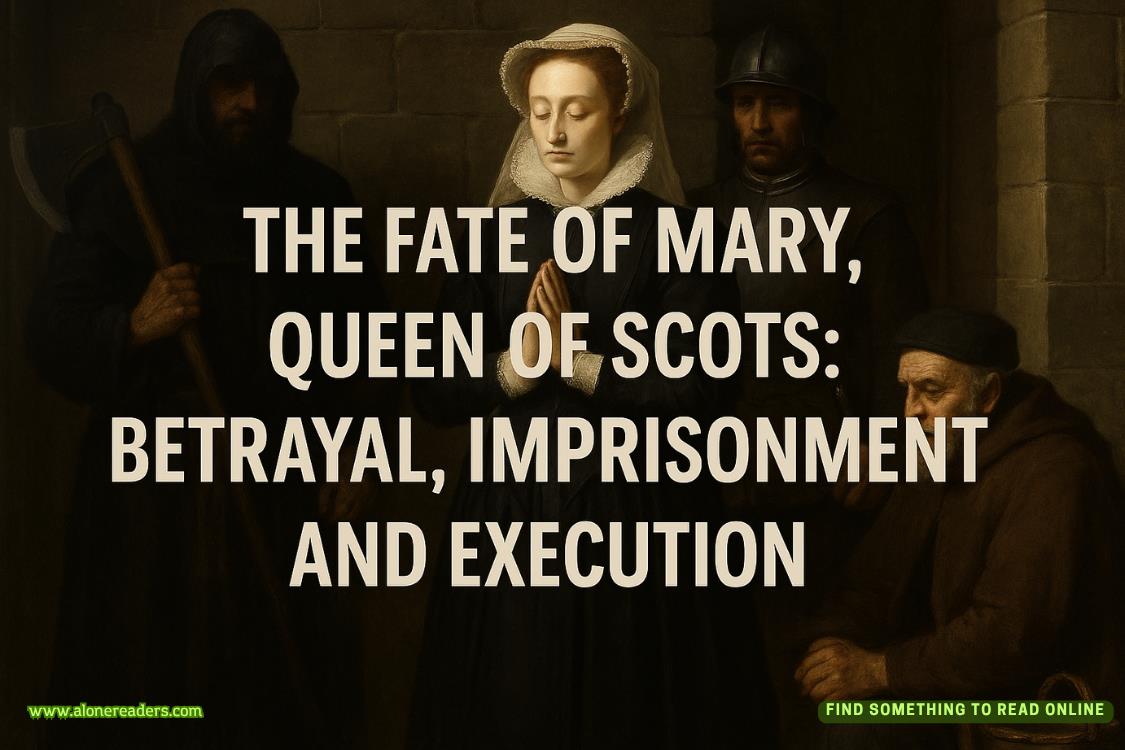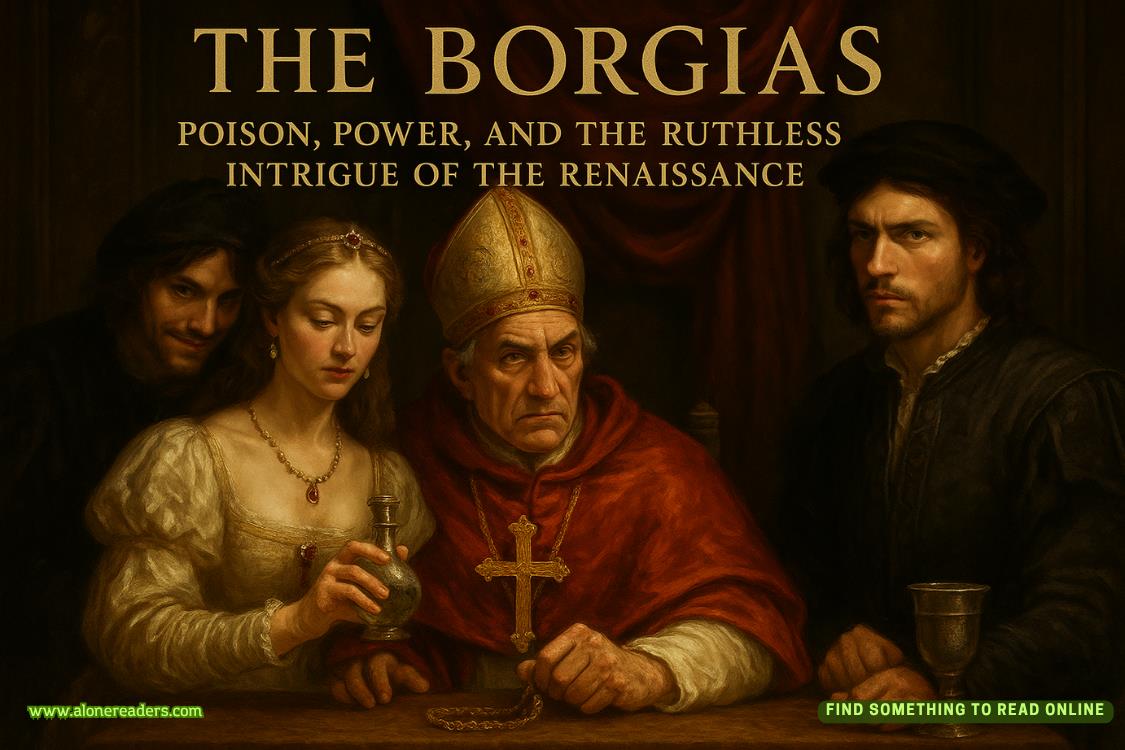Page 6 of The Secrets of Lord Grayson Child
“The only way around it would be if I could find something even more compelling to report.”
He studied her. “A scandal?”
She shook her head impatiently. “We don’t do scandals or, at least, not the sort you’re thinking of. Whatever it is needs to be more fascinating and engrossing than that. Something that would enthrall your mother and sister-in-law yet still be an incident they could freely share at an at-home.”
He arched his brows. “What about something royal? They always seem to be gossiping about them.”
She met his eyes. “I shouldn’t invite the wrath of the Cynsters, but instead, you suggest I invite the ire of the palace?”
“Victoria and Albert and their brood aren’t the only royals about.”
She tipped her head consideringly. “True.” After a moment, she looked at him. “Do you know of anything I can use in place of the exposé?”
He frowned. “Not off the top of my head, but surely we can find something.” He met her gaze. “How long do we have before your next issue?”
“I would need the copy by Wednesday at the latest.”
She still looked troubled—worried and concerned—and he felt an absurd yet impossible-to-deny impulse to help, to wipe the evidence of underlying anxiety from her features.
Features he remembered as being so wonderfully full of life and love—
He shifted, and she looked up, then glanced at the clock on the bookshelf to her right. He followed her gaze and saw it was a minute before six o’clock.
“Good Lord!” She pushed back her chair and rose, bringing him to his feet. “It’s late.”
She bent and rummaged in a drawer, then straightened, a black reticule in her hand. She rounded the desk, crossed the office to the hat stand beside the still-open door, and reached for her coat. “I need to get home.”
Why? Do you have children waiting for you there?
Automatically, he’d followed her. He took the coat from her hands and held it for her.
She shot him a wary look before thrusting her arms into the sleeves. After settling the coat and looping the reticule’s strings over her wrist, she lifted down a plain silk bonnet, put it on, and swiftly tied the wide ribbons.
He watched as she returned to her desk and turned off both lamps.
He had no idea why, but instinct prodded, and as she walked back to where he waited by the doorway, he asked, “Why don’t we see what we can drum up together to replace the exposé? I can ask around the clubs and see what I turn up.”
Briefly, Izzy met his eyes; she was still reeling in the aftermath of his revelations. But he was offering an olive branch and a way to end this encounter. She nodded. “All right. I’ll be here tomorrow—we open for the half day.”
She needed to get away from him, needed time to work through what he’d said and decide what it meant.
She waved him through the doorway ahead of her, then followed and drew the office door shut. As she always did, she looked down the length of the darkened workshop toward the rear door, then stepped past the end of the long counter to scan the area—her fiefdom—one last time.
He came up beside her. “Is that the printing press?”
His gaze was fixed on the metalwork monstrosity that wasThe Crier’spride and joy and principal source of income. “Yes. It’s steam driven.” She looked deeper into the workshop, toward the boiler that powered the belt that ran the press. “We don’t just printThe Crier.We produce lots of booklets and pamphlets for the scholars at the university and for the museums and other institutions.”
“I wondered if that was whyThe Crier’soffices were located here.”
“Indeed. We have relationships that Fleet Street doesn’t.” She scanned the area one last time and noticed the sign on the darkroom door was set to Occupied.
“Damn! Quimby’s still here.” She set off across the dimly lit floor.
“Quimby?” Gray’s long strides quickly caught up with hers.
“Our photographer.” She pointed to the yellow-lettered sign. “That means he’s in there, fussing with his photographs.”
Separated from the rear wall of her office by a space half the workshop’s length, the darkroom had originally been the nearer of two offices nestled in the rear corner of the workshop. The other old office, located between the darkroom and the workshop’s rear wall, was used for storage.















